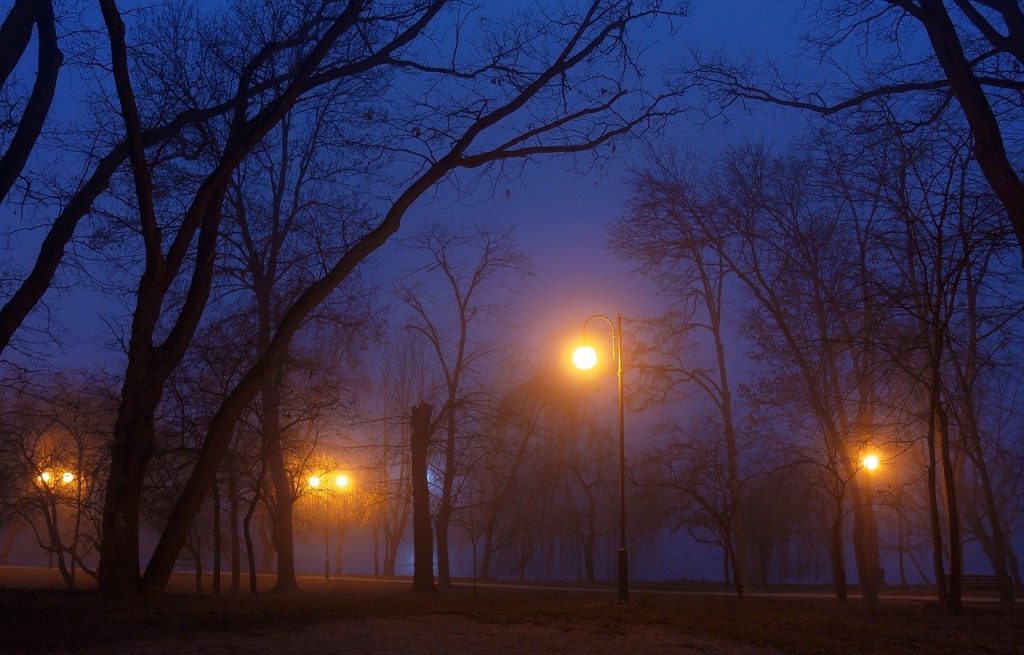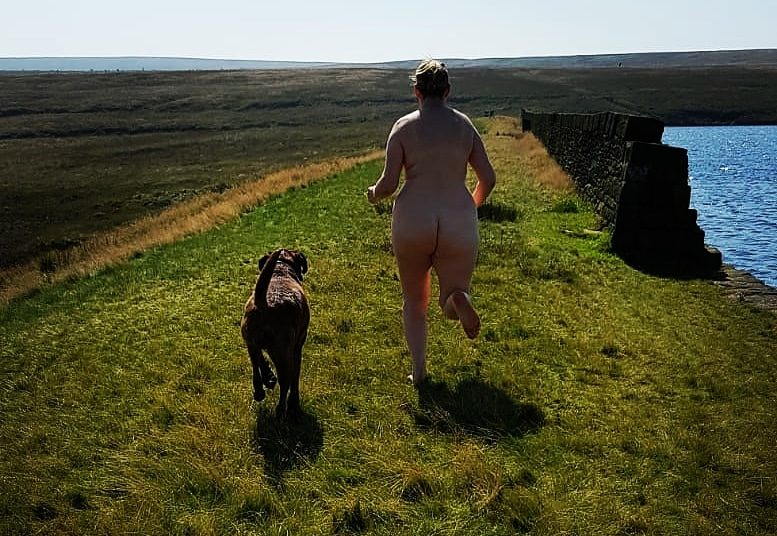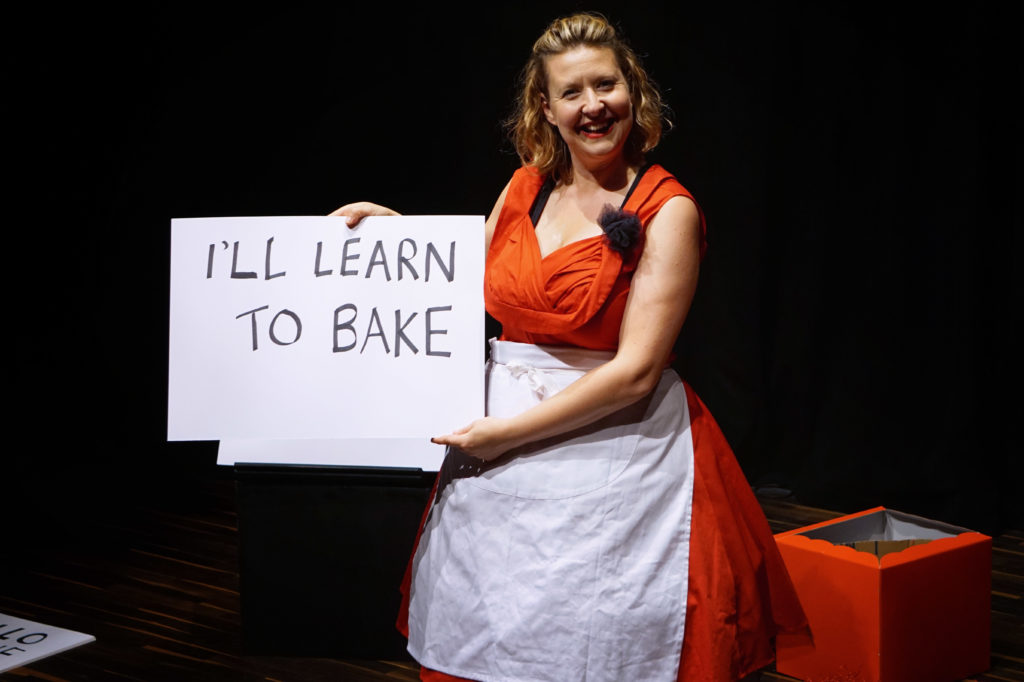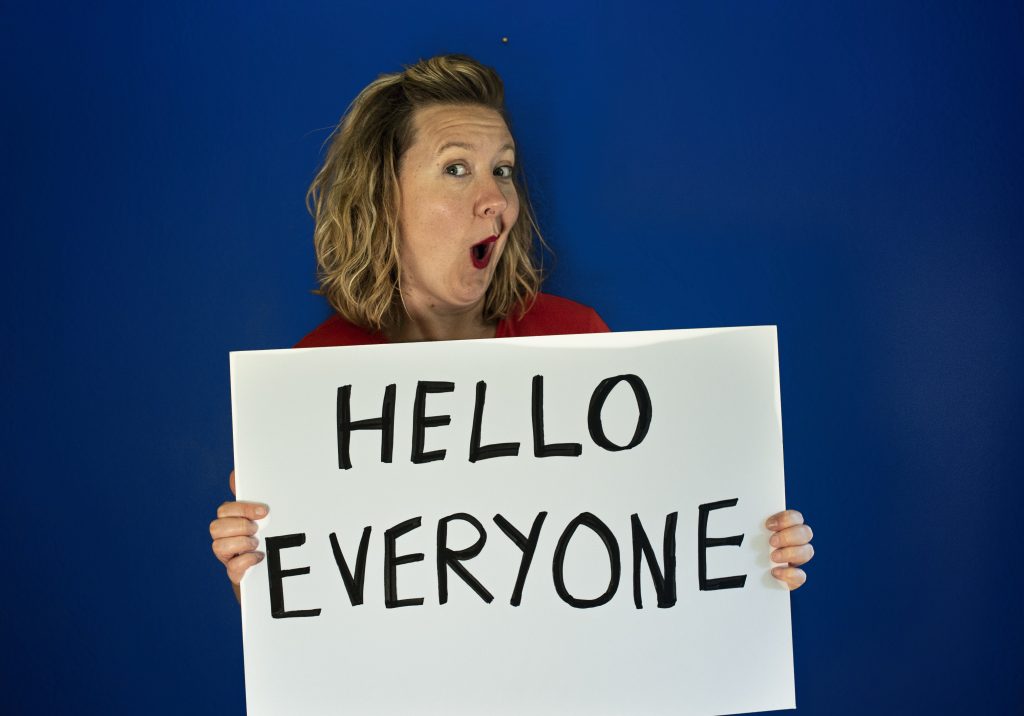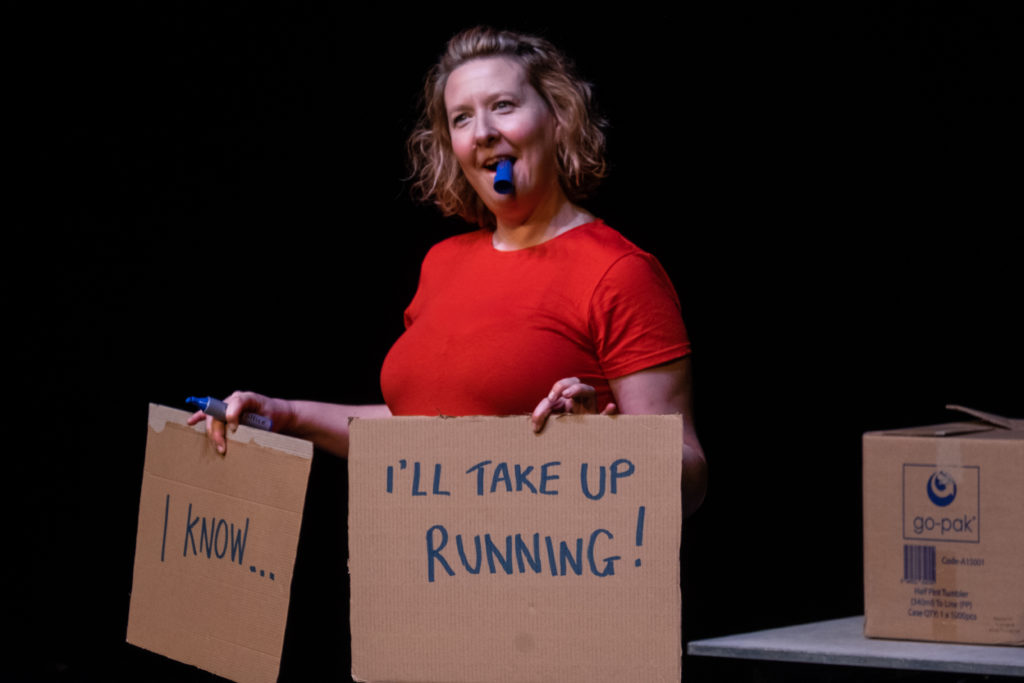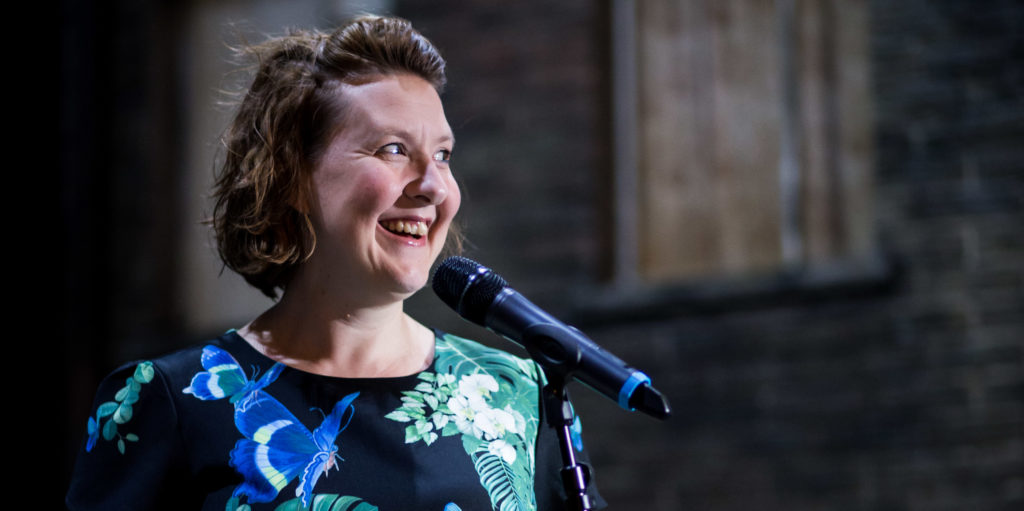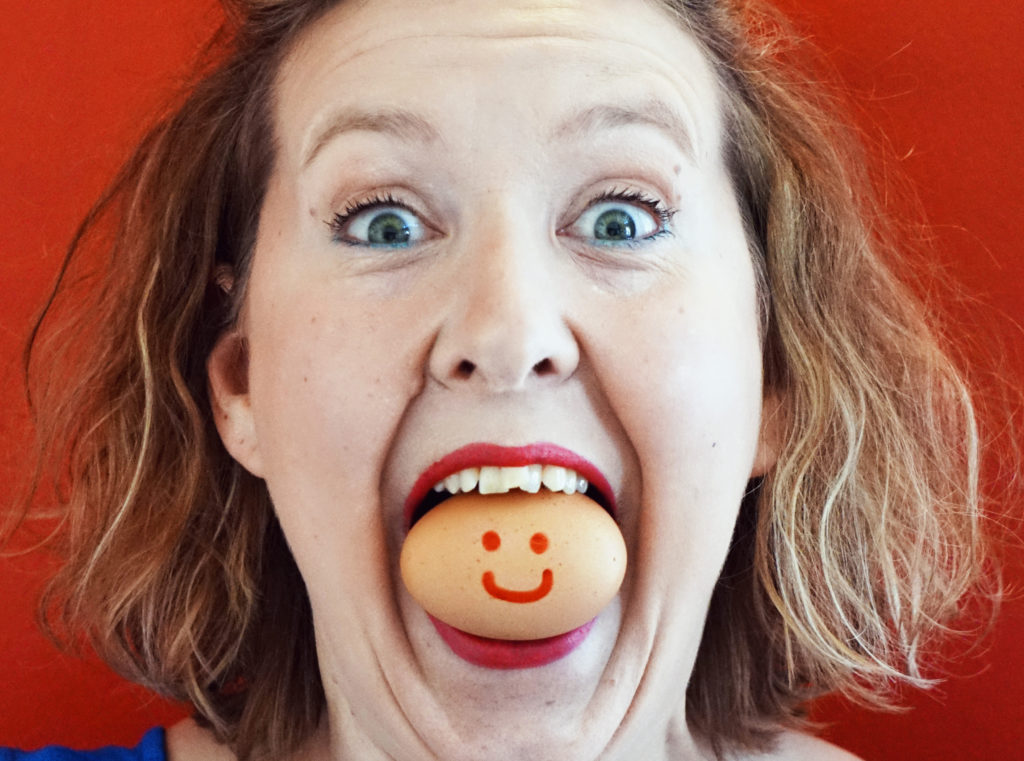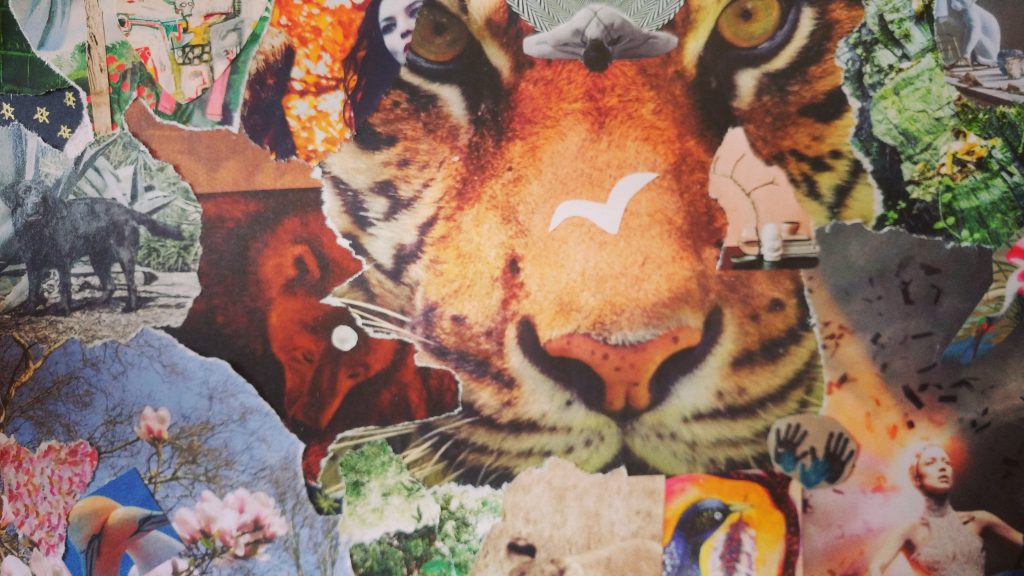
21 May 20
This spring I cared for my mum in the last days of her illness. I wrote several times during that period as a way to comfort myself. Here is the second of 3 blogs taken from some of that material. In sharing them I am mindful that not everyone is able to care for, or even see, their loved ones, especially in these challenging times; that not all caring relationships and indeed family relationships are the same; and that some of these thoughts might be painful to read – but I have benefited from finding connectivity and community around loss and learnt how to be around it from the openness of others and so I wanted to make an offer in that spirit and with love for all of our experiences.
THE ART OF CARING
Caring is not
pictures of holding hands
doves
still ponds
Or soft woollens.
It is physical and sweaty.
Full of impossible heart hurdles that you have to make possible.
Holding your sadness whilst not compromising any bit of available joy
and finding small wins that are always smaller and less frequent than the last ones.
It is fierce – fierce like a lioness
Leaping over your reaction to repugnant smells and sounds so you can stay close
Protective and exposed
to a part of someone’s body that you’ve always been conditioned to not see
– to go beyond your modesty and theirs.
And it’s tough – tough like a thick rope that will not give way not matter how frayed.
Encouraging someone to push when they can
trying to accept when they can’t.
Sometimes you think you know better
Sometimes they know better
Sometimes no-one knows why what worked today won’t work again tomorrow.
Caring is an alternate time
Slow, as you measure mouthfuls… and sips….. and breaths.
Fast in panic –
I want to know all of your story
I want you to know all of my story.
Agonising over not enough, or too late.
No, caring is a bear.
Intimate – like a lover
Finding the familiar shapes of dances, embraces, touches that might make movements easier to
I want to give you the best chance at this experience and transition.
I want to give myself the best chance at this experience and transition.
We are both doing something we have no idea we can do
-or how to do it.
It’s the comfort of being of service at the time when someone must, willing or not, entrust themselves to you.
I’m glad it was me.
And I’m glad of the others
territorialism collapsing into gratitude.
Caring is total
Every part of me is occupied with every part of you.
I am writing my novel – an invisible tome of observations
of what you need and how you work.
Washing – there’s a lot of washing.
(One of us is often in a half state of undress).
We cannot be frightened together
And we don’t want to talk about
-but finding a balance.
Helping you to understand what is happening with honesty
in truth is independence…
Not wanting you to go
Not wanting you to be in pain
Not wanting you to lose consciousness because then you will lose me too
Caring is selfless
A shell full of patience
from the ocean floor.
We are in a bubble.
Of ever decreasing circumference
Moving a living space, then a limb, then a lip
There is something restful in being this present.
Our small world of basic needs
Microscopic details
Yet my heart so big it is pressing against the ceiling of your room.
I am heroic – I am big enough to hold this.
I am a lost child – I don’t know what to do.
I wanted to capture everything, take photos, make imprints.
I don’t think it was hanging on
more awe that we are doing this
crafting it between us.
Giving and receiving our completely separate journeys in complete symbiosis.
This is our blood.
This is our art.
We paint it together.
**********
